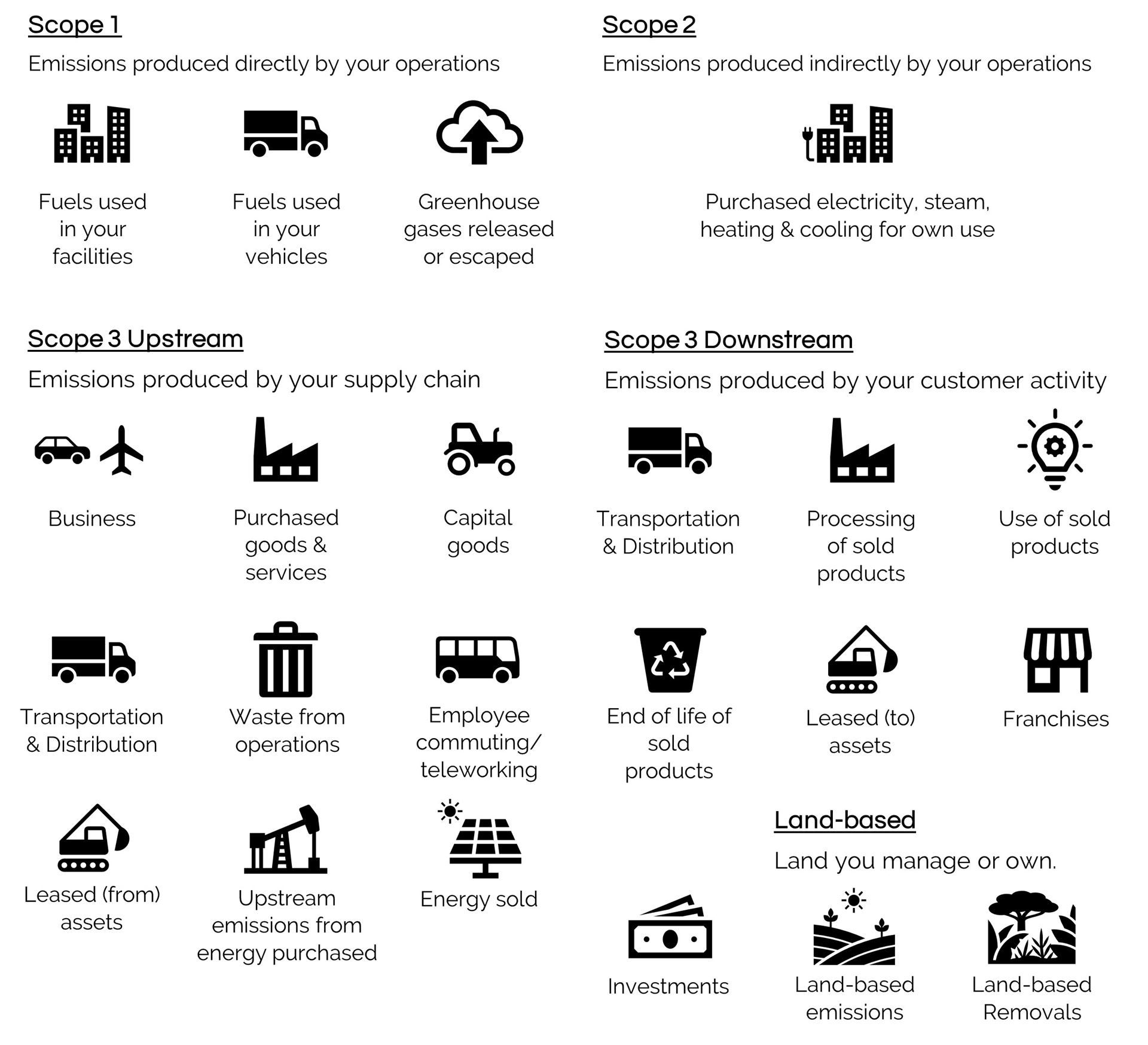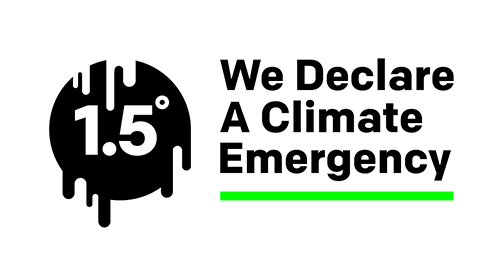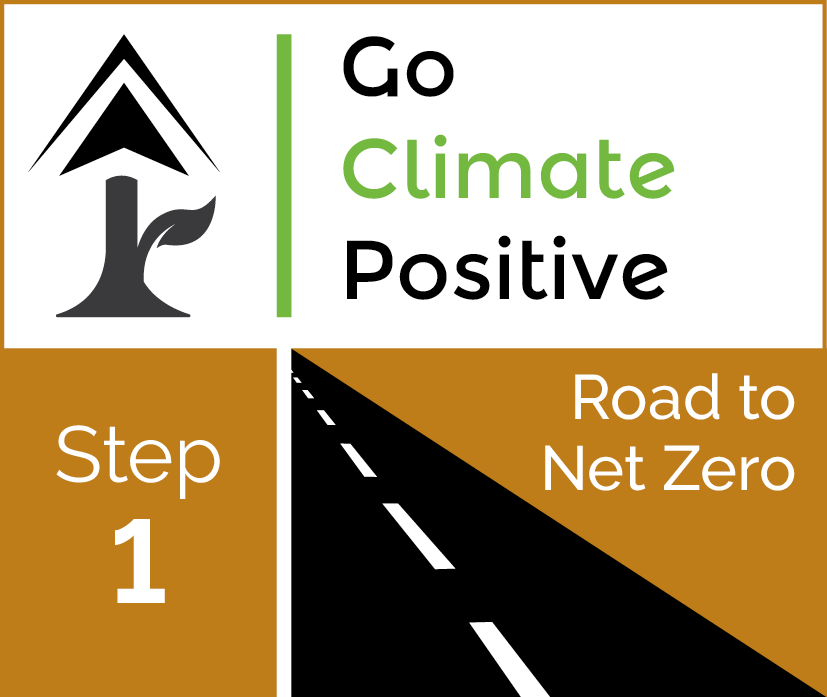Send a message 0333 344 5890 |
- Home
- Knowledge
- Membership FAQs
- What data will I need to collect to calculate my carbon footprint?
What data will I need to collect to calculate my carbon footprint?
Calculating your organisation’s carbon footprint is the first- essential-component on the journey towards net zero and is the foundation stone on which any sustainability strategy is built.
A validated carbon footprint calculation also provides an initial climate SWOT analysis by identifying threats, opportunities including emissions hotspots across your value chain.
We are able to help businesses quantify their emissions and make these carbon footprint calculations, but first we need data which needs to be drawn from many areas of the business.
If you are at the beginning of your journey one of the most likely questions about how to kick off the process is ‘what data will I need to collect to calculate my carbon footprint?’
Where do I start my carbon footprint calculations?
Carbon footprints capture the greenhouse gas (GHG) emissions a business creates on an annual basis. This is because, over time, business operations, value chains, products and services change to meet demand and variations in any of these elements can have an impact on an organisational carbon footprint.
To measure your carbon footprint we need to gather data from a variety of different sources including manufacturing processes, travel, logistics, facilities and operations in order to create a full and accurate picture. It takes time to ensure the accuracy of this process but the quality of the report and subsequent action plans depend on the validity of this data.
First of all, you will need to understand what data needs to be included in these calculations and set the boundaries of your carbon footprint. We ask clients to provide 12 continuous months of data, usually from a calendar or financial year, whichever is easier.
What’s included in my carbon footprint calculations?
Carbon footprint measurements should include 100% of Scope 1 (direct) and Scope 2 (indirect) emissions from your own operations, plus all material Scope 3 emissions, which are indirect emissions from activities outside your organisation’s own operations but are from businesses directly linked to the manufacture, distribution or ultimate destruction of your products and services.
Due their external nature, data collection for Scope 3 emissions can involve multiple stakeholders and data sources. This makes them more challenging but it’s essential to measure Scope 3 emissions as they often account for a significant proportion of a company’s carbon footprint – sometimes up to 90%. Examples of Scope 3 emissions include business travel, employee commuting or emissions arising from the use of sold products but also upstream activities including raw material and agricultural production.

By breaking down your emissions into sources, you can find the hotspot areas where emissions reductions need to be focused and use this to identify areas of risk and opportunity for your company. One of the advantages of working with us at Go Climate Positive is that we can be very flexible about the type of data we need. We can work with usage and consumption data or financial data or a mixture of the two in order to calculate your carbon footprint.
What information do I need?
The essential data required for your carbon footprint includes:
- Energy, gas, water and waste –facilities or energy teams usually hold this information but the finance department will also have access to this through invoices.
- Business Travel from your travel agent or the team responsible for booking travel, whilst Employee Commuting can be calculated through a staff survey (not everyone will respond to your survey, so don’t be afraid to calculate emissions on average per full time employee).
- Transportation and Delivery information (inbound and outbound) from your courier or freight partners
- Purchase records of the goods and services you buy and sales records of the products you have sold - usually come from your finance department
How do I calculate my footprint?
Next up we select the appropriate emission factor for each emission source in order to calculate the tonnes of CO2 emitted (tCO2e). It’s also important to ensure that your data is for a consistent time period, for example if you are doing an annual footprint then all data must be for the same boundaries.
Ultimately, each organisation is different and therefore has differing material emission sources (the largest or most significant to business operations). A small office-based company’s energy use may be dwarfed by its business travel, for example.
Here are some of the data we may ask you to collect, but it is important to understand that we bespoke the data collection to suit your business and the data you already have:
Scope 1 example data questions
| Scope 2 example data questions
|
Scope 3 Upstream example data questions
| Scope 3 Downstream example data questions
|
Peeling your Carbon OnionOnce have your data, we adopt the GHG Corporate Accounting and Reporting Standard protocol - the most widely used method in the world to ensure consistency for carbon footprint calculation and reporting. A full and detailed analysis requires a lot of detailed data, however we don’t need to capture it in full detail all in one go. We like to use an onion analogy to explain our approach. In your first year, we will peel off the first layer giving you the overall size and shape of your carbon footprint. This allows us to decide which of your carbon emitting activities are the most significant and therefore are worthy of capturing more detailed data on. Each year we peel off successive layers, using more granular data, getting a gradually more detailed understanding of the makeup of your carbon footprint. At the same time, you will be making your “onion” smaller by implementing your action plan to reduce your footprint. This is our way of helping you to manage the complexity of data gathering for a comprehensive carbon footprint, without getting bogged down in unnecessary detail. Calculating a carbon footprint is the first step to identifying the best strategic approach to reducing emissions and setting robust targets, beginning you on your journey towards the net zero transition and readying you for the demands this will bring. Don't panic - it might look daunting but we'll help you find the relevant data or make estimates as we believe it's better to start your journey to reducing your carbon footprint than waiting until you can find every last scrap of data. Not all categories will be relevant for every business, and so at the end of the initial data collection and analysis process we'll then make recommendations for data quality improvements so you can implement these straight away and start collecting better data for next year. |
For help calculating your carbon footprint, get in touch with our Carbon Coaches today.




